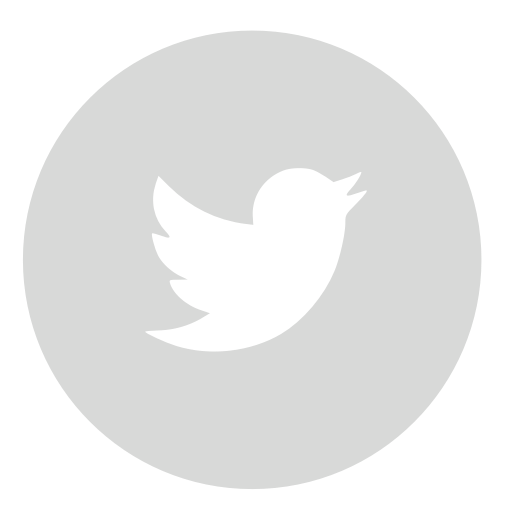Medical Marijuana Guide Information
What exactly is Medical Marijuana?
Medical Marijuana refers to treating ailments or conditions using the cannabis plant or the plant’s extracts. It must be used for medical purposes to be considered Medical Marijuana, recreational activity does not count. Most commonly when talking about Medical Marijuana, people confuse the terms cannabis and marijuana.
Comparing Cannabis to Apples
Cannabis is a category for a plant species that both includes marijuana and hemp. It’s similar to the relationship between lemons and oranges. Lemons and oranges are both citrus fruits and belong to the citrus family but are two different fruits. The same can be said for hemp and marijuana, two different plants that belong to the cannabis family.
The thing that differentiates marijuana from hemp is the chemical tetrahydrocannabinol (THC), the chemical compound in marijuana that gets the user “high”. Hemp is almost (but not entirely) devoid of THC but is high in another chemical compound of the cannabinoid family: cannabidiol (CBD). Hemp has 0.3% THC or less while marijuana can have a THC concentration of 0.31% or higher. Both have been shown to be medically beneficial. While THC and CBD are not the only cannabinoids found in the plants, they are the ones that demonstrate the most therapeutic effects.
Discovering the endocannabinoid system
Cannabis contains over 110 cannabinoids, a group of chemicals that bond to the system within our bodies called the endocannabinoid system. How this works is that this neural network has two cannabinoid receptors, CB1 and CB2. THC and CBD “connect” with these receptors and then begin to provide their effects. Think of a jigsaw piece fitting into another jigsaw piece, for a visual representation. THC has been shown to increase appetite, reduce muscle spasms or muscle control loss and reduces nausea, pain, and inflammation. CBD does not cause a “high” like THC does but has been shown to reduce pain, inflammation, fight against cancer cells, control epileptic seizures, and treating mental illness.
The U.S. Food and Drug Administration (FDA) has not approved or recognized marijuana as a food or medicine but the agency has approved some cannabis-based medications for distribution in the U.S. In addition, over half of the states in the US have legalized marijuana for medical use, as long as patients have a valid Medical Marijuana ID.
The U.S. Food and Drug Administration (FDA) has not approved or recognized marijuana as a food or medicine but the agency has approved some cannabis-based medications for distribution in the U.S. In addition, over half of the states in the US have legalized marijuana for medical use, as long as patients have a valid Medical Marijuana ID.
The Ancient Uses of Medical Marijuana
Cannabis plants have been used for medicinal purposes since the time of ancient China. They used cannabis for its therapeutic benefits for dealing with anxiety, rheumatism, constipation, and senility, according to some ancient Chinese texts that date as far back as 2737 BC.
In the United States, cannabis has had its roots since its early colonization. In 1619, King James I decreed that the colonists of Jamestown would need to contribute hemp plants to support England. Later on, colonists often grew hemp to use as rope and fabric throughout the United States in the 18th and 19th centuries. Even George Washington grew hemp as one of his primary crops! Eventually, medicinal practices began to incorporate marijuana into their practices during the 1850s.
However, around the same time, many states began to regulate pharmaceutical drugs. It was commonplace for the contents of the drugs to be labeled a secret or to include harmful chemicals that would not be labeled on the bottle, causing users to be poisoned from intaking the drug. As a result, poison laws prohibited the sale of medicine outside of licensed pharmacies without a doctor's prescription. If they were sold outside of pharmacies, they required a label with the word “poison”, referring to. Marijuana fell under this category.
Eventually, Congress passed the Pure Food and Drug Act which strengthened medicinal laws, stating that certain special drugs, including cannabis, be accurately labeled with contents. Around 1910, there was still criticism of the poison laws, as there were “loopholes” to allow a large number of narcotics to pass through the law and be sold illegally. The law was strengthened in 1938, which banned the sale of marijuana and criminalized it. Since the 1970’s states have been slowly decriminalizing marijuana of their own accord.
In Florida, the state has approved Medical Marijuana for medical purposes. CBD oil products that are derived from hemp are legal to purchase and use in the United States without a visit to the doctor or a medical marijuana card.







